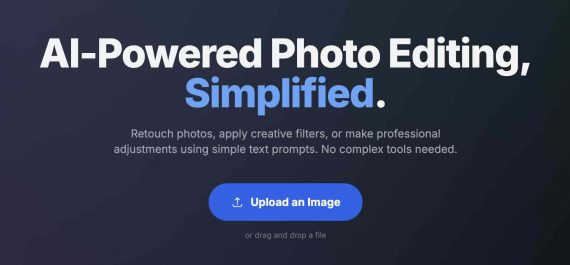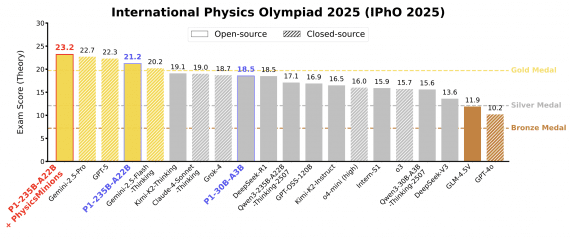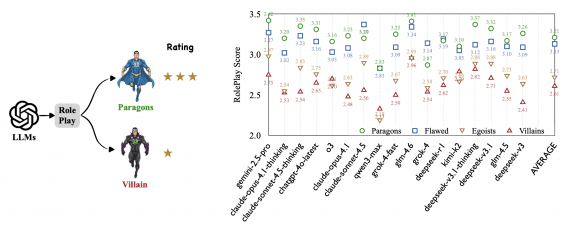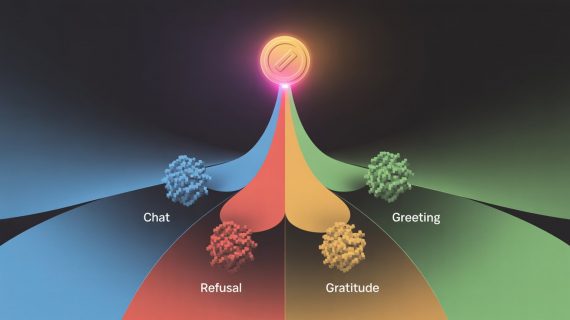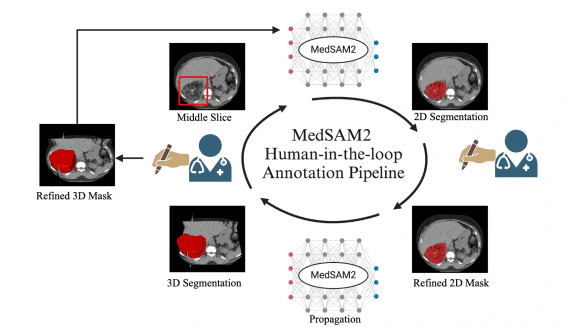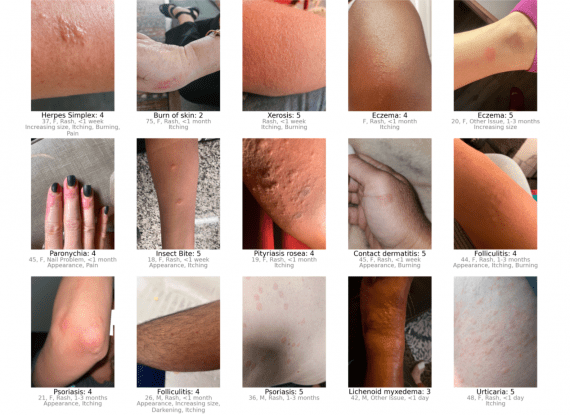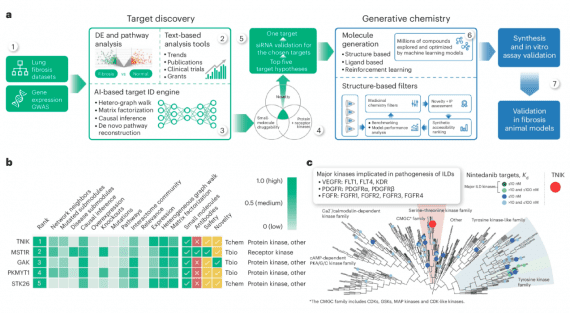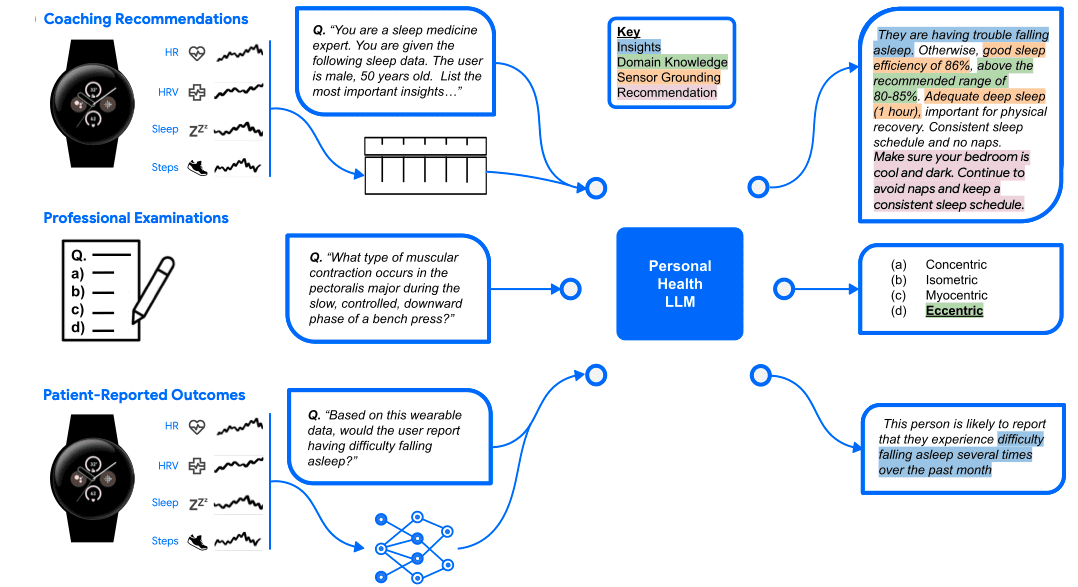
Google developed the PH-LLM language model to analyze medical data collected from wearable devices such as smartwatches and heart rate monitors. During experiments, the model answered health-related questions and predicted patient conditions better than experts with years of experience in healthcare and fitness.
Wearable technologies can help people monitor their health and ideally make significant changes. These devices provide essential data for personal health monitoring. However, they rarely get used in clinical settings because they usually collect data without additional context and require substantial computing power for storage and analysis. Moreover, they can be challenging to interpret.
More About PH-LLM
PH-LLM (Personal Health Large Language Model) is a version of Gemini, retrained to give recommendations, answer questions from professional exams, and predict sleep disorders and their consequences. The model scored 79 out of 100 on the sleep exam and 88 on the physical fitness exam, surpassing the average scores achieved by a sample of human experts, including five professional sports trainers (with an average of 13.8 years of experience) and five sleep medicine experts (with an average of 25 years of experience): experts scored an average of 71 in physical fitness and 76 in sleep.
Researchers created and processed three datasets containing personalized information and recommendations based on physical activity data, sleep patterns, physiological responses, and expert knowledge in the field to train the model. In collaboration with experts, they prepared 857 tests representing real-world scenarios related to sleep and physical fitness — 507 for the former and 350 for the latter.
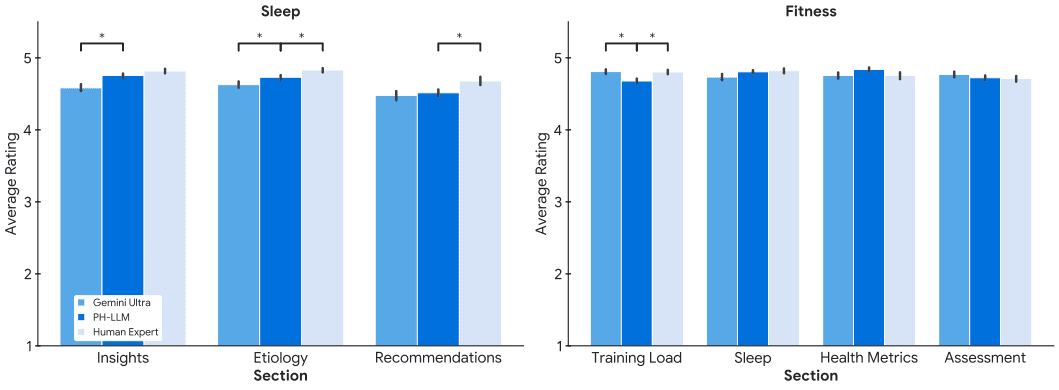
Both categories of tests included data from wearable devices — up to 29 days for sleep and over 30 days for fitness activities — as well as demographic information (age and gender) and expert analysis. Data from wearable devices included general sleep metrics, heart rate, sleep duration (start and end times), minutes awake, proportion of rapid eye movement sleep, respiratory rate, steps taken, and minutes of fat-burning activity.
